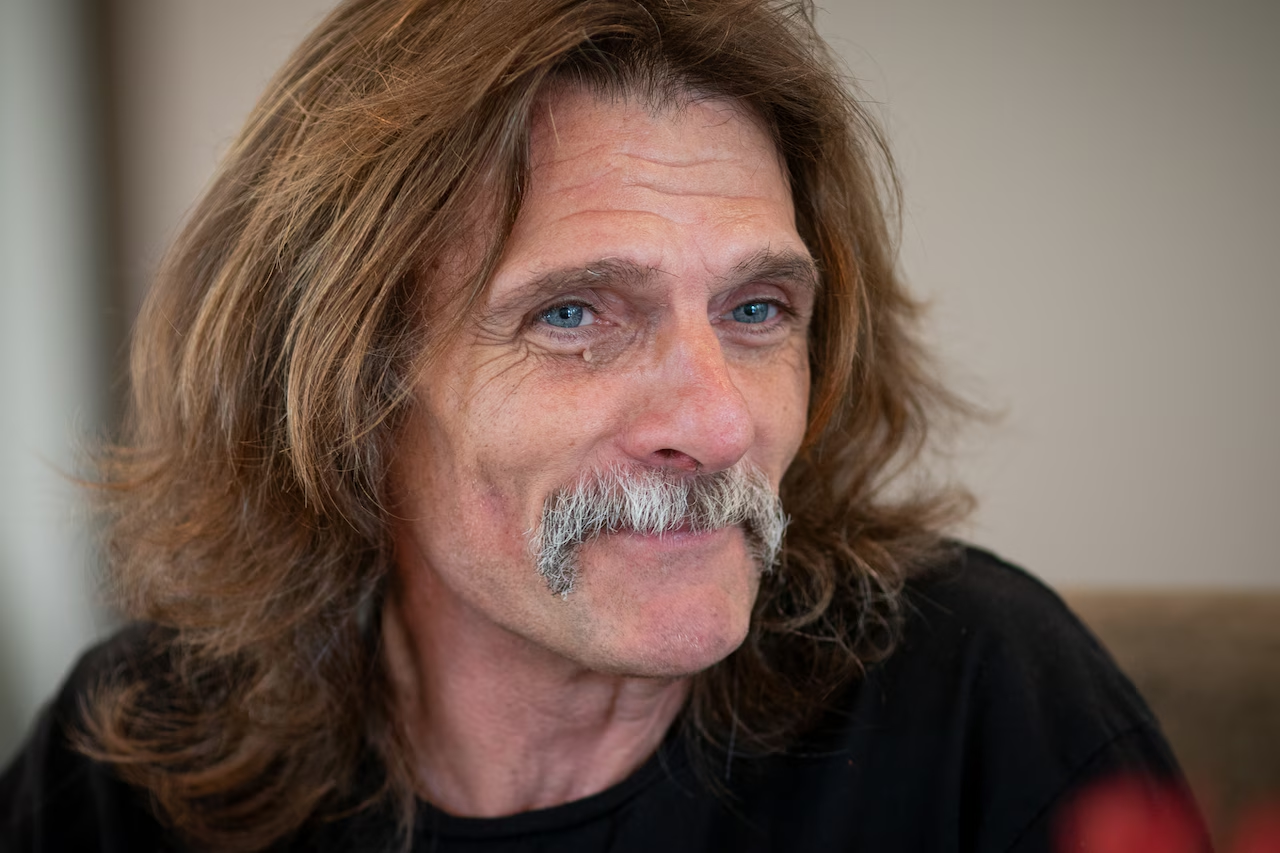A Life Caught in the Cycle
For decades, Curtis Prescott knew only one rhythm: addiction, arrest, and release. The 56-year-old had spent more than thirty years cycling through Oregon’s courts and jails, a cycle fueled by his dependency on methamphetamine and compounded by chronic homelessness.
Earlier this year, deputies in Clackamas County found Prescott asleep in a McDonald’s parking lot along Southeast 82nd Drive. For him, the arrest felt routine. He expected little more than another short stint in jail, followed by release with no treatment and no stability—just a return to the streets.
A Shift in Oregon’s Strategy
But this time was different. Instead of being processed and forgotten, Prescott was introduced to a new statewide program that seeks to break the cycle of addiction-driven arrests.
Also Read
Oregon has poured millions of dollars into efforts that move away from the traditional “jail-first” approach. Rather than treating drug users strictly as criminals, the state is investing in strategies that emphasize treatment, housing, and long-term recovery.
This program is designed to connect individuals like Prescott with addiction services, case management, and housing assistance, aiming to reduce repeat arrests while addressing the root causes of drug-related crime.
Treating Addiction, Not Just Arrests
Advocates say the program represents a public health–driven approach to what has long been treated solely as a criminal justice issue. Instead of shuffling people in and out of courtrooms, the goal is to give them a path out of addiction.
Prescott, for example, was offered entry into a treatment plan with support services, rather than being left to fend for himself after release. These interventions are part of Oregon’s broader attempt to measure success not just by convictions or jail time, but by recovery rates and reductions in homelessness.
Early Outcomes and Challenges
Still, questions remain: Is it working?
Early reports show mixed results. Some counties have embraced the model fully, building strong partnerships between law enforcement, treatment providers, and housing programs. In these places, officials report fewer repeat arrests and more people following through with treatment.
But implementation has been uneven across the state. Critics argue that services are underfunded in rural areas, where treatment centers are scarce and housing assistance is limited. Others point to gaps in follow-up, where individuals fall through the cracks after initial intervention.
The Human Test Case
For people like Prescott, the stakes could not be higher. After decades of instability, he represents both the challenge and the promise of Oregon’s new system. Success will not be measured overnight but in whether men and women with long histories of addiction finally find stability, sobriety, and housing.
Looking Ahead
Oregon’s investment in this new approach reflects a national conversation about drug policy, public safety, and healthcare. Whether it succeeds may determine how other states craft their responses to addiction-driven crime.
For Prescott, the question is deeply personal. This time, instead of being discarded back onto the streets, he has a chance to try something different. The hope—both for him and for Oregon—is that this chance proves to be more than another stop in a long, painful cycle.












